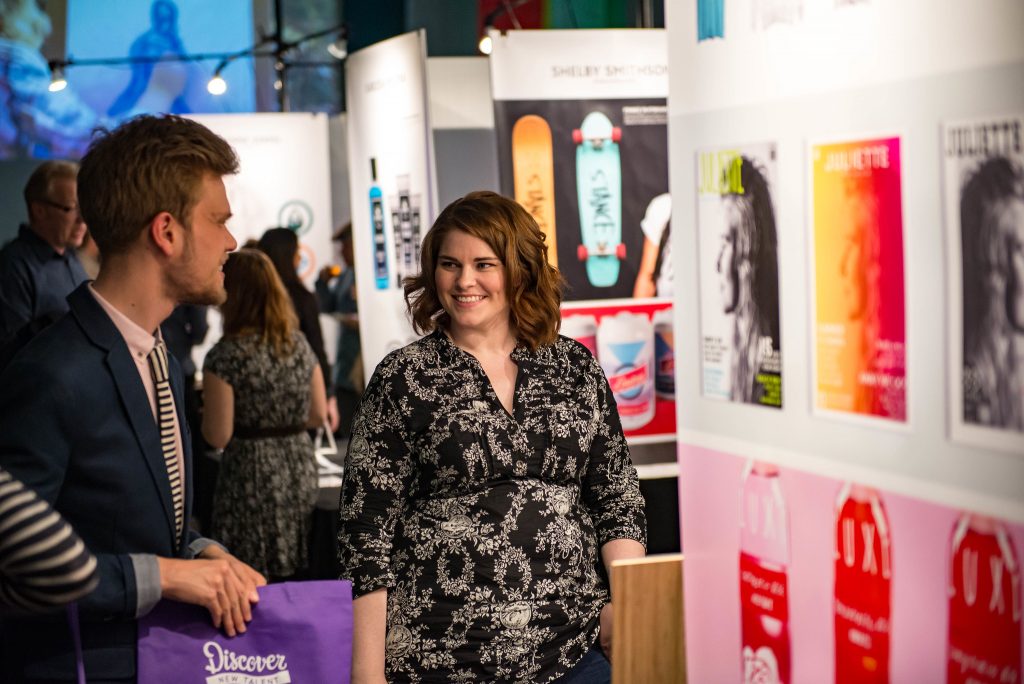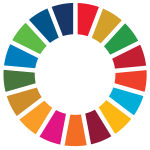Esta web utiliza cookies para que podamos ofrecerte la mejor experiencia de usuario posible. La información de las cookies se almacena en tu navegador y realiza funciones tales como reconocerte cuando vuelves a nuestra web o ayudar a nuestro equipo a comprender qué secciones de la web encuentras más interesantes y útiles.
“What is the world that I want to live in?”: A Liberal Arts SDGs-infused Capstone Course
Description
Institution
University of the Fraser Valley

Organizations/areas of the university involved
College of Arts – Arts Studies Department
Country
Canada
A portfolio capstone course enhances student career success by using the SDGs as a framework in its overall curriculum and components.
Inspired by the United Nations 2030 Agenda for Sustainable Development, UFV’s PORT 399: Enhancing Career Mobility – a three-credit university career capstone course designed to promote career success of liberal arts students – incorporated the 17 UN Sustainable Development Goals (SDGs) in its resume .
Drawing on skills learned throughout their degree, students will research and learn strategies needed for a successful transition from university into work, graduate studies, or post-university life, or for increasing their career mobility. Students will engage in critical discussions and produce assignments related to professional practices, participation in a learning economy, the future of work, and their exploration of career mobility throughout a lifespan as a way to design their work / life career pathways.
In the course, students pondered three big questions:
- What is the world that I want to live in?
- What do I see are the global problems or opportunities that need our attention?
- What are my talents and experiences that may help address these problems, and in turn improve the condition of our world?
Course elements infused with the UN SDGs included the following:
- A mind map students create as part of their introduction where they identified one or two SDG (s) they see themselves contributing to through their career aspirations
- A mission statement in which students articulate how they want to serve their community by advancing their SDG (s)
- An information interview project that involved talking with professionals related to students’ professional goals, and then reflecting on how the conversations deepen their thinking about their SDGs (s)
- Individual reflections and group discussion activities on skills and attributes, lifelong learning, and future of work that connect back to their SDG (s)
In terms of future directions, a literature review is underway to connect the SDGs and career development, along with a research study on post-secondary faculty members’ awareness of the SDGs and how they can incorporate them into their curriculum.
Results and impact measured or expected
Currently this course is offered at two institutions in British Columbia, Canada, reaching approximately 500 students per year with 14 course sections. At the end of the course, students reflect on the SDGs and how they will continue to advance their identified SDG (s ), with comments highlighting awareness and promoting action to advance the SDGs:
“I have been working towards these goals even without knowing about them.”
“This course helped me understand that one person has the power to make a lot of difference in the world. I may not be able to give quality education to everyone or to provide health and wellbeing to everyone, but I am able to help some individuals get educated and some individuals attain good health. “
“With the business I am launching in the fall, I would like to donate once a month for shelters and underprivileged kids in third world countries.”
Connection with the SDG framework
The SDGs are introduced in the beginning of the course so that students become familiar with the goals and their interconnectivity. Students are asked to consider their career aspiration and one or two SDGs they believe would be relevant to their aspiration. As they work on major assignments such as creating their ePortfolios and conducting information interviews, they keep their SDG (s) in mind and consider how fulfilling their career aspirations, as well as their everyday actions, can help address their goals.
Students’ SDG selection can be used to form discussion groups so that students can break out of their natural inclination to engage only with students in the same program. As we know, complicated problems require multi- and interdisciplinary approaches to generate solutions.
Barriers and follow up
Occasionally students have trouble narrowing down their SDGs to one to two, or can’t relate to any of the SDGs at all. Both scenarios result in coaching conversations about the student’s career aspirations, researching sample job/school program descriptions and industry trends, and then discovering which SDG(s) would surface as a problem they can help address by leveraging their talents and strengths.
Transferability of the initiative
This course and the idea to connect the SDGs with career development has garnered much interest and attention at national and international venues, resulting in regular conversations with colleagues across the globe (Australia, United Kingdom, Singapore, India, and Pakistan) who are thinking about incorporating the SDGs in their practice and/or service delivery. Through these discussions, it is evident that course components can be adapted and transferred to suit other geographical and institutional contexts.
Education 4 SDG funciona gracias a WordPress

